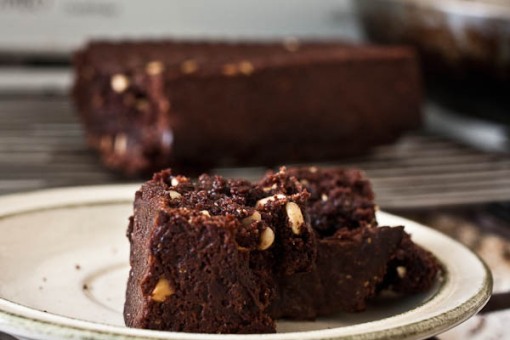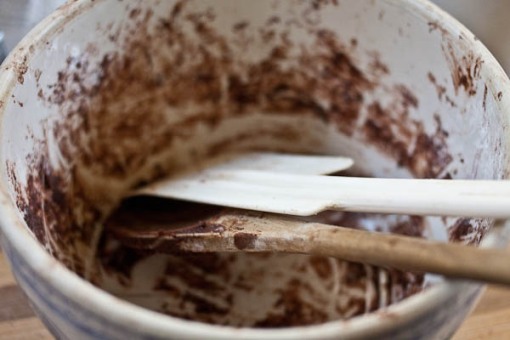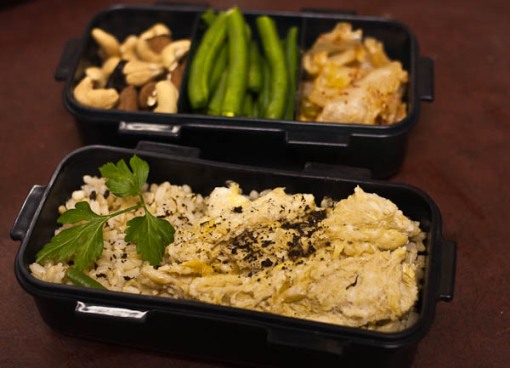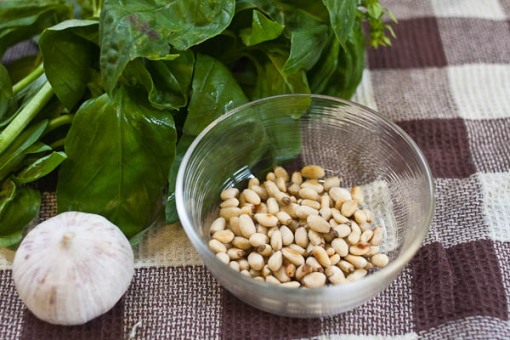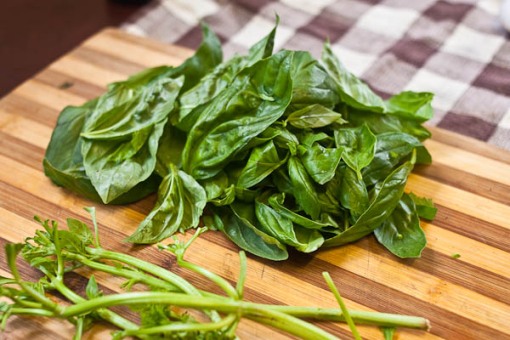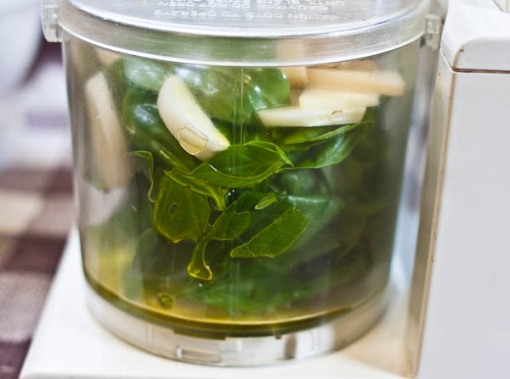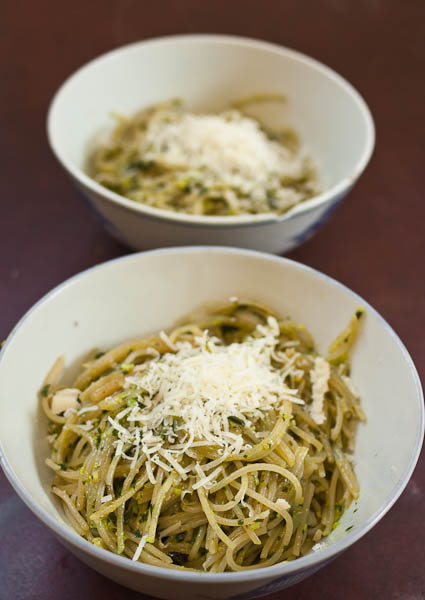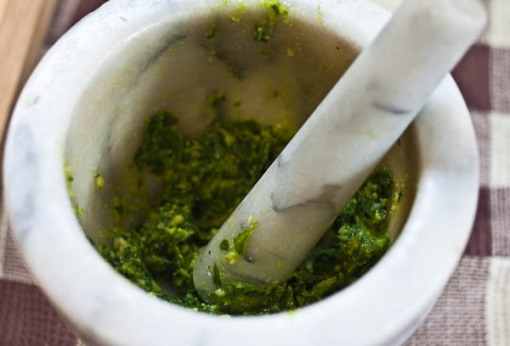I’m told that some people have tried and liked the lamb shanks recipe – hooray! Be sure and post your experience if you’ve tried out any of the recipes here. I’m looking at the commenting system to see if I can make it a bit easier; I’m new at WordPress, so I’m still working out the options.
I’ve also been asked to post some more recipes. Whether that’s so there’s more tasties to try, or people would prefer not to read me meandering along about wholefoods, I’m not sure.
Either way, here’s an easy and simple recipe that I cooked last night. It’s vegetarian/vegan, unless you do as I did and add chicken breast at the end, and takes quite literally 5 minutes to prepare, then cooks itself. Well, if you own a rice cooker, anyway. There’s slightly more supervision involved if you don’t.
Personally, our rice cooker is our most-used kitchen item. 5 meals out of seven will involve rice, or sometimes quinoa, cooked in the rice cooker. And on weeknights it’s a life saver. Come home, pop rice in the rice cooker, then cook the rest of the meal when the rice is done – it’ll wait. Or, in the case of this recipe, chop for 5 minutes, toss things in the rice cooker, then eat when it’s done.
So simple.
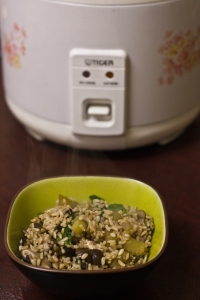
I really, really love my rice cooker - it cooks me meals like this!
I used packaged chestnuts for this – I usually pick up a bag or two when I’m in Chinatown, for snacks. You could also use dried chestnuts; I haven’t tried it myself, but I think the cooking time would be enough to rehydrate them. Or you can use fresh chestnuts if you want – the amount of effort it takes to roast and peel them usually means I just eat them on the spot, personally, but if you happen to have more than you can easily shovel in your gob, you can use them here.
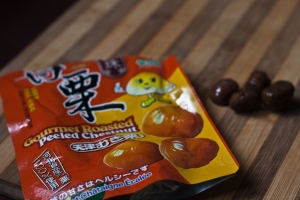
These are the chestnuts I generally buy
If you don’t have chestnuts, you could substitute green peas or beans. It would change the final dish, and make it much less autumnal and sweet, but it would still be damn tasty.
Shiitake and Chestnut rice
Ingredients
1 rice-cooker cup of brown rice (or about 1/2 a metric cup, if you don’t have a rice cooker)
4-5 shiitake mushrooms
1 stick of celery
4-5 chestnuts
A couple of handfuls of baby spinach leaves, washed
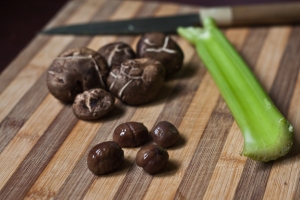
Prep time!
Method
Chop the mushrooms, celery, and chestnuts – it doesn’t have to be too fine, just even slices. Put everything but the baby spinach into the ricecooker, or saucepan, and add the recommended amount of water. If you’re not using the rice cooker, add water to the depth of your second knuckle from the tip of your index finger. Cook normally. (if anyone needs instructions on cooking rice by absorption on the stove, comment and let me know – it’s pretty straight forward). Once cooked, stir the spinach leaves through.
Serve as is, or do as I did, and top with chicken breast, which I poached then quickly fried with a little soy sauce. Or you could add some Asian-style eggs quickly cooked in the wok with soy sauce and sesame oil.
If you want more flavour in your rice, you could partially or wholly replace the cooking water with chicken stock or Japanese dashi stock.
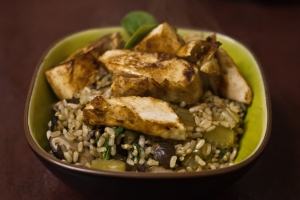
Chestnut & shiitake rice with chicken breast
Serves 1 on its own, or 2 as part of a larger meal.
Enjoy cooking, and your food!
